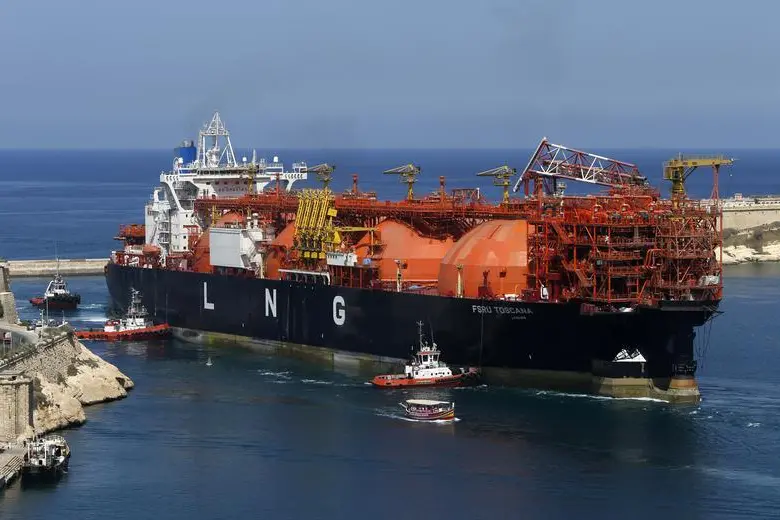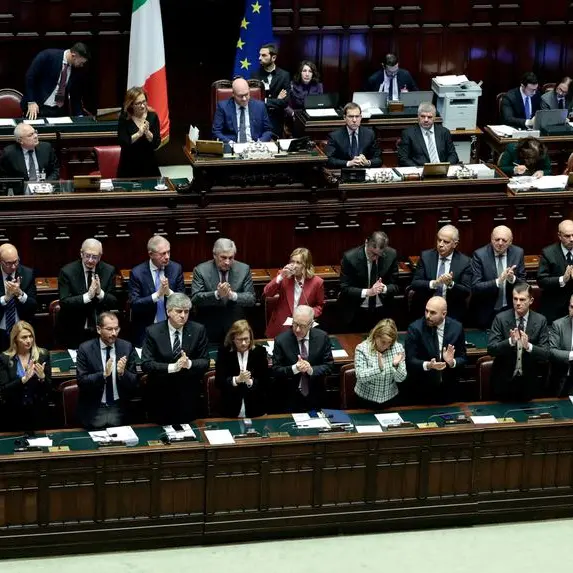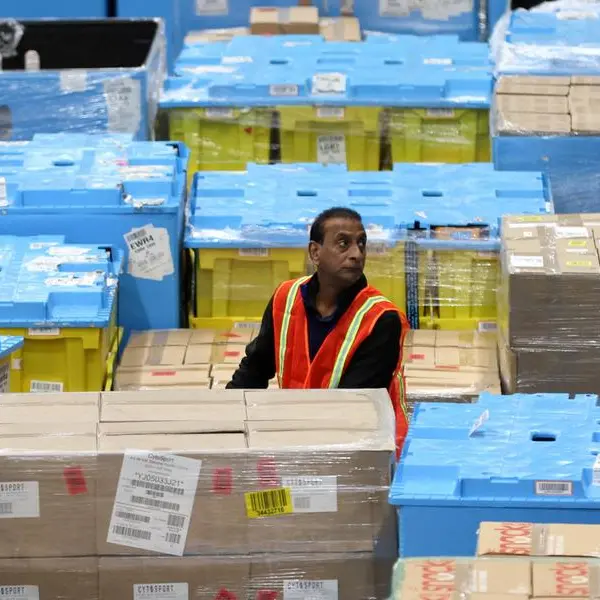PHOTO
BEIJING/NEW DELHI - Trucking fleets in China are embracing cleaner-burning liquefied natural gas (LNG) for fuel, a trend neighbouring India wants to emulate, accelerating a decline in diesel demand and rattling suppliers to the world's biggest oil importer.
The rise of LNG trucks in China comes on top of world-leading electric vehicle (EV) adoption there and a prolonged economic slowdown, dampening demand in what for decades has been the main driver in oil consumption growth, with crude imports down 2.8% so far this year, weakening global prices.
In September, the Organization of Petroleum Exporting Countries (OPEC) warned that LNG truck penetration will weigh on China's future fuel demand.
Sales of LNG-fuelled trucks in China surged in the first half of 2024 after a plunge in local LNG prices to 108,862 vehicles, more than double the same period in 2023, according to information provider CVWorld, with government subsidies and tighter emissions standards in recent years paving the way.
With only 645 LNG-powered trucks operating in India according to transport ministry data, its rollout is at an earlier stage, but the government said in September it aims to convert about one-third of its heavy truck fleet of over 7 million vehicles in five to seven years, a target experts call ambitious.
That could also weaken crude demand growth in India, which analysts expect to become the top consumption driver as Chinese demand stabilises.
"India will not have the same penetration rates as China but improved infrastructure has reduced inefficiencies already, and Indian diesel demand growth may have peaked as a result," said Amrita Sen, founder of research consultancy Energy Aspects.
"Given China and India have been the key diesel demand growth centres, the weakness in both augurs poorly for diesel cracks," she said, referring to the profit margin from refining diesel.
The Chinese and Indian governments are providing policy support for LNG trucks to reduce pollution, but companies are attracted by cost savings.
LNG trucks become economical in China and India when LNG is at least 20% cheaper than diesel, industry experts said.
A new LNG truck is 40% more expensive than the diesel variety in India, according to global consultants ICF. In China, LNG trucks are around 18% more expensive, said Horizon Insights, a Chinese research provider.
But with the fuel savings, companies can make back the higher up-front costs. Horizon Insights said in June that the extra cost of buying an LNG truck over a diesel vehicle could be recouped in 190 days based on prices at the time. In India, the higher costs can be recouped in 1-1/2 years based on mileage of 80,000 km (49,700 miles) per year, said Gurpreet Singh, a managing director at ICF.
STATION EXPANSION NEEDED
Mumbai-based GreenLine Mobility Solutions Ltd runs around 500 LNG-powered trucks and has ordered over 2,000 more, said Kaizad Palia, its chief operating officer, adding that the only downside is a lack of fuelling stations outside of western India.
"Where there is no network as of now, we are unable to pitch in. We will expand our operations with the expansion of fuel stations in the country," he said.
In China, LNG trucks have been especially popular in the north, near its gas fields, accounting for over half of new truck sales there last year, according to Energy Aspects.
They have been less cost effective in the south, where LNG prices can be double levels in the north, said energy consultants FGE.
Globally, Wood Mackenzie expects natural gas vehicles used in road freight to displace around 360,000 barrels per day (bpd) of diesel usage in 2024 and 380,000 bpd in 2025.
Maintaining LNG truck momentum depends heavily on fuel prices. The IEA has said an "unprecedented surge" in LNG projects coming online from next year will pressure prices lower.
But rising local LNG prices and lower diesel prices in August ended a 20-month streak of year-on-year increases in LNG truck sales in China, according to Energy Aspects, highlighting the price-sensitivity of demand for the vehicles.
Over the longer term, LNG-powered trucks may be displaced by electric trucks, especially in top EV market China, as battery technology improves and when battery swapping infrastructure is built.
However, India is supporting policies for more LNG trucking, aiming to have 66 LNG stations in a year, compared with 20 now, said a government official aware of the plan, asking to remain unidentified as they are not authorized to speak to the media.
Government think tank NITI Aayog in January recommended lower taxes and the abolition of tolls for LNG trucks and backed incentives for truck manufacturers. New Delhi may also provide incentives on truck purchases and set up a fund to subsidise LNG for the transport sector so it is up to 20% cheaper than diesel, the government official said.
Blue Energy Motors, in the western Indian city of Pune, launched an LNG truck in 2022 through a tie-up with Italy's Iveco Group and has sold 600 of them, CEO Anirudh Bhuwalka said. It hopes to sell 1,000 LNG trucks this fiscal year and 3,000 next year, and recently won a 130-truck tender from Container Corp of India.
(Reporting by Colleen Howe in Beijing and Nidhi Verma in New Delhi; Editing by Tony Munroe and Christian Schmollinger)























